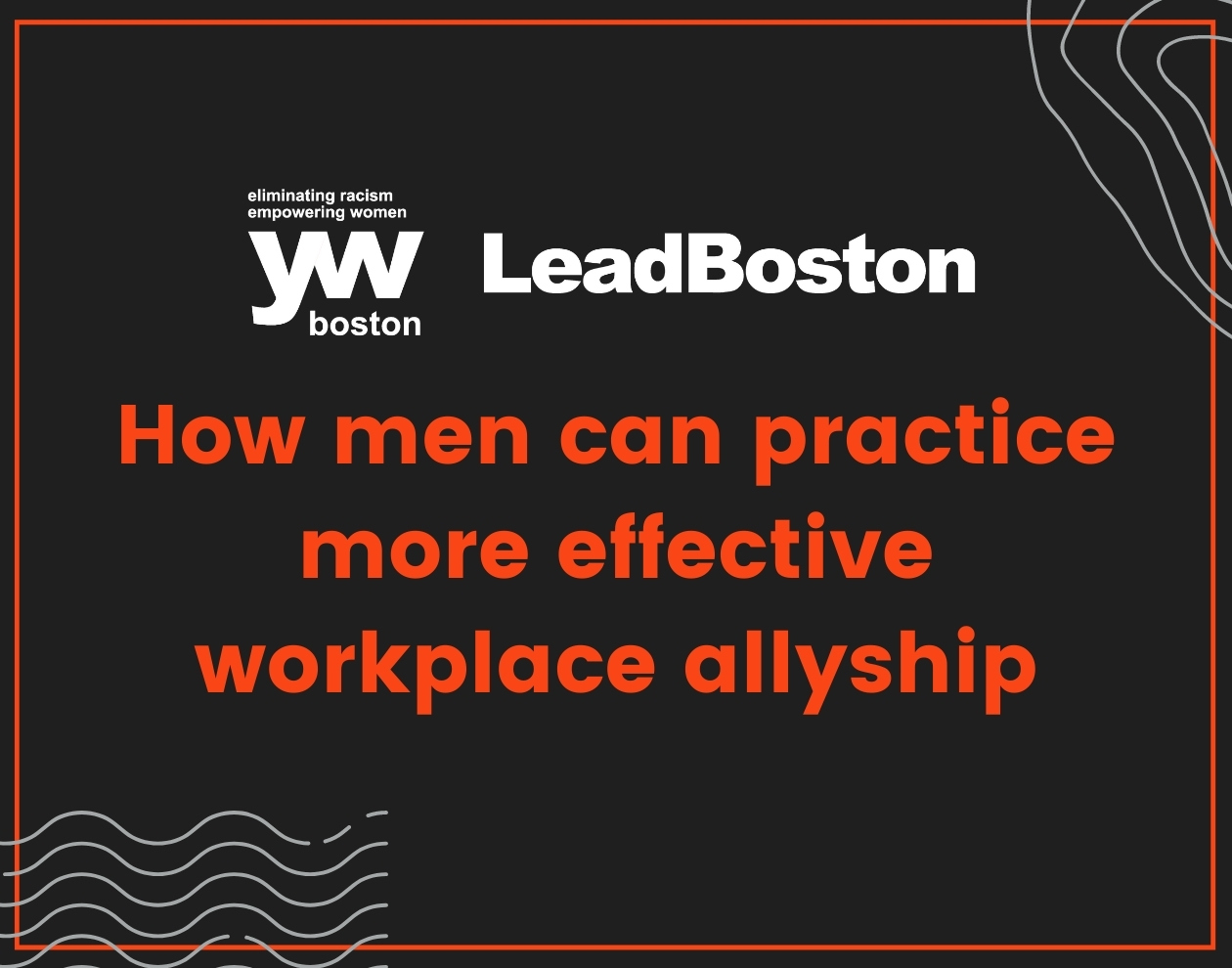
June 21, 2021
How men can practice more effective workplace allyship
Too often, corporate gender programs focus on achieving gender equity by solely addressing women – expanding women’s networks or coaching women on their communication practices. These individualistic approaches overlook the systemic nature of gender inequity; and put the onus of fixing it on women. The reality is that men have the responsibility and the ability to get involved and promote equity. As diversity, equity, and inclusion become more central in workplace conversations, men are increasingly recognizing they have a part to play in organizational change.
The COVID-19 pandemic has dealt a heavy blow to women’s careers, with women’s labor participation rate falling to 57% in January 2021, the lowest it has been since 1988. This impact has had a more pronounced impact on women of color, particularly Black and Latinx mothers. It is clear that past efforts to promote women’s careers did not go far enough. We need to evolve workplace structures in order to support women –and we need men, who hold the vast majority of organizational leadership positions, to take an active role.
In fact, workplaces where men are involved in gender inclusion efforts are significantly more likely to see progress. And the Working Mother Institute found that 80% of women of color with sponsors are happy with their workplace advancement, as compared to 50% among women of color without sponsors. However, even when men are open to providing support, they report not being sure where to start.
At YW Boston, we have learned that organizational change requires breaking down barriers to understanding and communication in order to build strong, action-oriented relationships. Our LeadBoston program, for instance, includes a gender-diverse class in which all participants gain the skills they need to create sustainable organizational change. Here are a few of the lessons about men’s workplace allyship that participants have learned.
Showing up as an ally can be personally fulfilling.
Becoming an effective ally requires recognizing that allyship benefits not only those you are helping but also yourself. It is well documented that diverse companies perform better: companies in the top quartile for gender diversity on executive teams are 25% more likely to have above-average profitability. Clearly, there is a correlation between promoting women in the workplace and overall organizational performance.
Supporting women’s advancement also helps men as individuals. The Center For Talent Innovation found that men who are more likely to engage in DEI efforts also “tend to score higher on ‘belonging’ [measures] at work compared to other men, which correlates with positive career outcomes such as engagement, loyalty, and willingness to recommend their companies as a good place to work.” This is in part because men are beginning to recognize that workplaces prioritizing masculine norms harm them, too. Workplaces that are not gender inclusive may be more likely to penalize men for showing vulnerability, displaying empathy, or exhibiting modesty.
As Paul Alexander of the Boston University Questrom School of Business shared with us, having gender diverse leadership can help break down these barriers: “My journey in business was heavily influenced by my first three bosses, all of whom happened to be women…Each of my first three bosses were unique, so I learned early in my career not to stereotype women in terms of managerial style, savvy, skill, or temperament, and I’ve tried to carry that understanding throughout my career in marketing.” In working toward gender equity within the workplace, men can create spaces where they, and their fellow men colleagues, can express themselves more fully.
Still, many men report not knowing where to begin supporting women and a more gender inclusive workplace. Much of it begins with men recognizing that, because they don’t have direct, lived experience, they cannot fully know what it is like to be a woman working at their company—and to move forward from that acknowledgment seeking to better understand and listen to their women colleagues. For example, Kevin Hart (LeadBoston ’20) of Boston Common Asset Management found that growing in his DEI journey meant “having the humility myself to realize that there was so much that I could never really understand and that were blind spots for me. But I could still move closer in that direction.”
Mentor or sponsor diverse women.
Mentorship and sponsorship are excellent ways to show up for more junior women in your workplace or field. Mentorship is an all-encompassing word, describing a relationship in which the mentor does not have to work with the mentee, but does provide guidance and introduce their mentee to their network. Sponsorship describes an at-work relationship with many of the benefits of a mentorship, in which the sponsor also actively advocates for their mentee, most often focusing on paths to promotion.
These relationships can have a great impact on women’s careers. Women who have a sponsor are paid 10 percent more than women without one. Women of color, who are the least likely to hold executive leadership positions, can especially benefit from sponsorship by men. Not only are women of color with mentors or sponsors more happy with their advancement at work, as mentioned above, they are also more likely to be assigned a new or challenging project at work and to be given feedback on their work performance.
Mentorship and sponsorship don’t just serve the “recipient”– men, too, benefit from the trust fostered in these relationships. As Harvard Business Review explains, “The best cross-gender ally relationships are reciprocal, and mutually growth-enhancing.” It’s also worth noting that, when a man shares his social capital (influence, information, knowledge, and organizational resources) with women’s groups, he should ask rather than assume “how [he] can best support their efforts.” It’s a rule of thumb that can be applied to all kinds of allyship: leverage your connections with those you hope to support to gain a deeper understanding of how you can show up as an ally and move organizational inclusion forward.
Also mentor men by encouraging them to show up as allies, too.
When Working Mother asked what men can do to be more helpful in the workplace, women of color most often stated that men should work to address inappropriate behavior and attitudes at work. This requires men stepping in when they hear racist or sexist comments and when they witness microaggressions. But it can go further, by taking note of who is more likely to be credited with their achievements at work or assigned to an important project. Men can use their influence to speak to their colleagues who are men about their subtle, but impactful, workplace decisions.
Aaron Remorenko (LeadBoston ’13) of Deep Labs often speaks on panels or with colleagues about the importance of DEI work. This includes speaking with people who fit a similar profile to him – i.e., white men – and he takes this opportunity to share some sound advice: “Stay curious and learn about the experiences of others. Be open to that and […] use your confidence to […] have those experiences and break down those barriers.”
Creating an equitable and inclusive workplace cannot be based on the actions of a few; all individuals need to see how they can and should get involved. Men have the opportunity to speak with other men they work with about why they care about DEI and to serve as role models.
Lean into continually learning and evolving.
Serving as an ally requires a commitment to seeking out new information. As mentioned before, you can learn a lot from those you mentor or sponsor. Strong leaders create spaces for a wider group of people to share their experiences and commit—and recommit— to listening with sincerity and empathy. Remember, you don’t always have to respond right away or move directly to action. Cultivating relationships and continuing to take in new information will help you build your action steps over time.
YW Boston’s programs provide organizational leaders with the knowledge and skills they need to be effective allies. John Anderson of Manulife, who participated in YW Boston’s InclusionBoston programs, shares that he has become a more active ally toward women in the past few years. As he shared, “The program leaders at YW Boston do such great work helping us figure out the language and action we need to get to that diverse and inclusive society we want to live in.”
LeadBoston, in particular, advances individuals’ inclusive leadership skills through its cohort model. Over the course of eleven months, participants of all genders learn together and discuss issues of racial, gender, and social equity in a space where everyone is committed to advancing DEI. Jae Williams (LeadBoston ’19) of Emerson College explained that LeadBoston provides participants with the chance to see how engaging in difficult conversations about social equity is crucial to moving DEI forward. As he shared, “Those types of conversations are really when you begin to grow as a human.”
Listening and learning spaces, like LeadBoston, can help men see where and how they can advance gender equity within their workplaces. If you are looking to expand your organization’s inclusive leadership, consider applying for the LeadBoston Class of 2022 or nominating a colleague.
______
Become a part of YW Boston’s LeadBoston program and join a network of over 1,000 inclusive leaders in Boston. During this 11-month program, participants explore and learn how to address barriers to inclusion through facilitated dialogue, expert speakers, and peer learning. Through experiential activities, participants delve into the social, political, and socioeconomic realities of Boston and explore innovative solutions to inequity. Interested in learning more? Reach out to Rachael McCoy, LeadBoston Manager, at rmccoy@ywboston.org with any questions about the program.
Join an upcoming LeadBoston info session.

